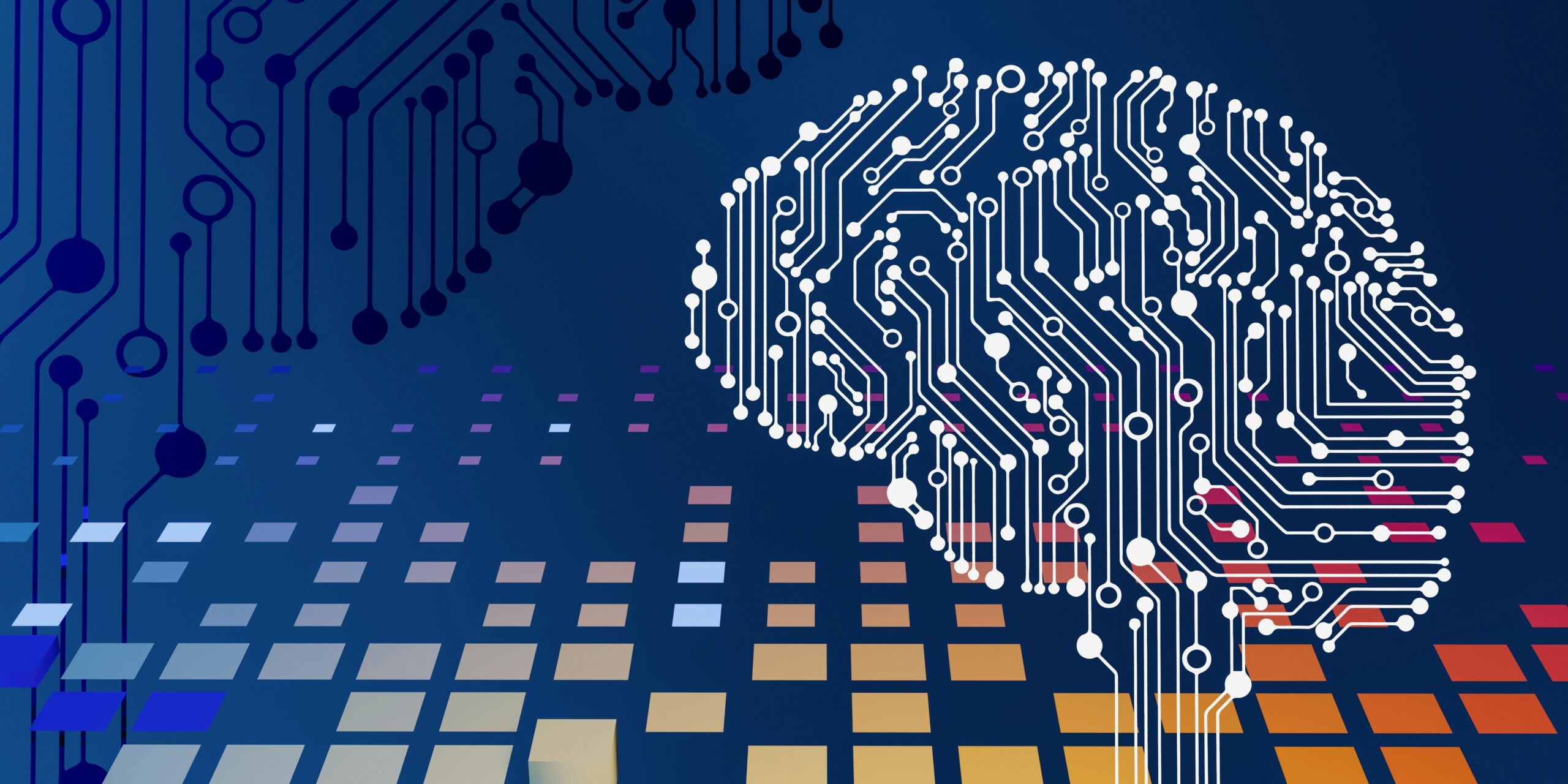The Importance of Learning Transfer
To maximize the impact of training programs and ensure that newly acquired knowledge and skills are effectively applied in the workplace, learning transfer is of utmost importance. Understanding the concept of learning transfer and its significance for organizations is crucial in designing effective interventions that create lasting impact.
Understanding Learning Transfer
Learning transfer refers to the process of applying knowledge, skills, and behaviors learned in a training setting to real-world work situations. It involves taking what has been learned and successfully transferring it to the job. In other words, it is the ability to bridge the gap between theory and practice, ensuring that training outcomes are translated into improved job performance.
Successful learning transfer occurs when individuals not only comprehend and retain information during training but also integrate it into their daily work routines. It involves the application of learning in various contexts, problem-solving situations, and decision-making processes. By understanding the principles of learning transfer, organizations can design interventions that facilitate the transfer of knowledge and skills into practical workplace performance.
Why Learning Transfer is Crucial for Organizations
Learning transfer is crucial for organizations for several reasons. Firstly, it enhances the return on investment (ROI) of training initiatives. When employees are able to transfer their learning effectively to their jobs, they become more competent and efficient, leading to improved productivity and performance.
Secondly, learning transfer contributes to employee engagement and job satisfaction. When employees perceive that their training efforts result in tangible improvements in their work, they feel a sense of accomplishment and are more motivated to apply their skills and knowledge.
Furthermore, organizations that prioritize learning transfer foster a culture of continuous learning and development. By providing support and resources for individuals to apply their learning on the job, organizations promote ongoing growth and improvement.
To ensure effective learning transfer, organizations need to design interventions that address the specific learning objectives, provide realistic practice opportunities, and offer ongoing support and resources. These aspects, along with other best practices for lasting impact, will be explored in the subsequent sections of this article. For more information on best practices in learning and development, visit our article on best practices in learning and development.
By understanding the importance of learning transfer and its impact on organizational success, you can design interventions that facilitate the application of knowledge and skills in the workplace. The next section will delve into the process of designing effective transfer interventions, providing valuable insights for creating impactful learning experiences.
Designing Effective Transfer Interventions
When it comes to designing effective transfer interventions, there are several key considerations to keep in mind. By focusing on identifying learning objectives, creating realistic practice opportunities, and providing ongoing support and resources, you can maximize the impact of the learning experience.
Identifying Learning Objectives
Before designing any transfer intervention, it is crucial to identify clear and specific learning objectives. These objectives outline the skills and knowledge that individuals should acquire through the learning program. By clearly defining the desired outcomes, you can align the transfer interventions with the intended goals and ensure that the learning is relevant and meaningful.
To identify learning objectives, consider conducting a thorough needs analysis. This analysis can involve assessing the current skills and knowledge gaps, consulting subject matter experts, and gathering feedback from stakeholders. By understanding the desired outcomes, you can tailor the transfer interventions to address the specific needs of the learners.
Creating Realistic Practice Opportunities
One effective way to facilitate learning transfer is by providing learners with realistic practice opportunities. These opportunities allow individuals to apply the newly acquired knowledge and skills in a safe and supportive environment. By practicing in situations that mirror real-life scenarios, learners can build confidence and develop their competence.
Realistic practice opportunities can take various forms, such as case studies, simulations, role-playing exercises, or group discussions. The key is to ensure that the practice activities are relevant and aligned with the identified learning objectives. This way, learners can actively engage with the material and gain practical experience that can be transferred to their workplace.
Providing Ongoing Support and Resources
To ensure lasting impact, it is essential to provide learners with ongoing support and resources. Transfer interventions should not end with the completion of the learning program. Instead, continued support is necessary to reinforce the learned concepts and help learners overcome challenges they may face during the transfer process.
Support can come in various forms, such as job aids, reference guides, or e-learning modules. These resources serve as tools that learners can refer back to when they encounter a situation that requires the application of the learned knowledge and skills. Additionally, providing access to mentors, coaches, or online communities can offer learners a platform for ongoing learning, collaboration, and support.
By designing transfer interventions that focus on identifying learning objectives, creating realistic practice opportunities, and providing ongoing support and resources, you can enhance the effectiveness of the learning experience. Remember to align these interventions with the specific needs of the learners and continuously evaluate their impact to ensure continuous improvement. For more insights on best practices in learning and development, check out our article on best practices in learning and development.
Developing Support Materials
To facilitate effective learning transfer, it is crucial to provide learners with support materials that reinforce the acquired knowledge and skills. Developing appropriate support materials can significantly enhance the transfer of learning from the training environment to real-world application. Here are three common types of support materials that can assist in this process:
Job Aids and Reference Guides
Job aids and reference guides are valuable tools that learners can refer to when they encounter challenges or need a quick reminder. These materials provide concise and practical information that is directly applicable to the job tasks. Job aids can take various forms, such as checklists, flowcharts, or step-by-step instructions. They are designed to be easily accessible and user-friendly, enabling learners to quickly find the information they need to perform their tasks effectively. Job aids and reference guides serve as handy resources that help bridge the gap between training and on-the-job application.
E-Learning Modules
E-learning modules are interactive online learning experiences that engage learners, reinforce concepts, and provide additional practice opportunities. These modules can be designed to align with specific learning objectives and simulate real-life scenarios. Learners can navigate through multimedia-rich content, complete assessments, and receive immediate feedback. E-learning modules can be accessed anytime and anywhere, making them flexible and convenient for learners. By integrating e-learning modules into the learning transfer plan, organizations provide learners with a dynamic and engaging learning experience that supports the application of knowledge and skills in a controlled environment.
Checklists and Templates
Checklists and templates are practical tools that help guide learners through complex processes or tasks. They provide a structured framework that learners can follow, ensuring that important steps or considerations are not overlooked. Checklists are particularly useful for tasks that require a systematic approach or adherence to specific protocols. Templates, on the other hand, provide pre-designed formats that learners can utilize for various purposes, such as reports, plans, or forms. By providing checklists and templates as support materials, organizations empower learners to apply their learning effectively and consistently.
By incorporating these support materials into the learning transfer plan, organizations can enhance the transfer of learning and promote lasting impact. These materials serve as valuable resources that learners can rely on during their day-to-day activities, reinforcing their knowledge and skills acquired during the training. Remember, when developing support materials, it is crucial to align them with the identified learning objectives and ensure they are accessible and user-friendly.
For more information on best practices in learning and development, effective learning transfer plans, and measuring learning transfer success, check out our articles on best practices in learning and development, effective learning transfer plans, and measuring learning transfer success. Evaluating the effectiveness of your learning transfer interventions is also essential, and you can learn more about it in our article on evaluating learning transfer effectiveness.
Best Practices for Lasting Impact
To ensure the lasting impact of learning transfer interventions, it is essential to incorporate best practices that support continued skill development and application. By implementing these practices, you can enhance the effectiveness and sustainability of the learning transfer process.
Reinforcement and Follow-Up Activities
Reinforcement and follow-up activities play a crucial role in solidifying learning and promoting its application in real-world scenarios. These activities can take various forms, including:
-
Post-training Assignments: Assigning post-training assignments that require learners to apply their newly acquired knowledge and skills in practical situations. This helps reinforce the learning and encourages learners to reflect on their experiences.
-
Regular Knowledge Checks: Conducting regular knowledge checks, quizzes, or assessments to assess learners’ understanding and retention of the training material. This allows for ongoing reinforcement and identifies areas that may require additional support or clarification.
-
Refresher Courses: Providing periodic refresher courses or modules to reinforce the key concepts and skills covered in the initial training. This helps prevent knowledge decay and ensures that learners maintain proficiency over time.
Peer Learning and Collaboration
Peer learning and collaboration can significantly enhance the transfer of learning. By creating opportunities for learners to engage with their peers, share experiences, and collaborate on projects, you facilitate a supportive learning environment that promotes the application of new skills. Some ways to incorporate peer learning and collaboration include:
-
Group Discussions and Debates: Encouraging learners to participate in group discussions and debates to exchange ideas, perspectives, and insights related to the training content. This allows learners to learn from each other’s experiences and challenge their thinking.
-
Group Projects and Case Studies: Assigning group projects or case studies that require learners to collaborate and apply their knowledge and skills collectively. This not only fosters teamwork but also provides a platform for learners to practice and reinforce their learning in a practical context.
-
Mentoring and Coaching: Pairing learners with more experienced colleagues or mentors who can provide guidance, support, and feedback throughout the learning transfer process. Mentors can offer valuable insights and help learners navigate real-world challenges.
Performance Assessments and Feedback
Regular performance assessments and feedback are vital to gauge the effectiveness of learning transfer and provide learners with guidance for improvement. These practices help learners recognize their strengths and areas for development. Consider incorporating the following approaches:
-
Performance Assessments: Conducting periodic assessments or evaluations to measure learners’ performance and application of acquired knowledge and skills. This can include practical exams, simulations, or on-the-job observations to assess competence and identify areas for growth.
-
Individual Feedback Sessions: Providing individual feedback sessions where learners receive constructive feedback on their performance and guidance on how to further enhance their skills. Feedback should be specific, actionable, and focused on both strengths and areas for improvement.
-
Continuous Improvement Plans: Collaborating with learners to create individualized continuous improvement plans that outline specific goals, action steps, and timelines for ongoing development. This helps learners stay motivated and accountable for their learning journey.
By implementing these best practices, you can maximize the impact of learning transfer interventions and ensure that the acquired knowledge and skills are effectively applied in real-world situations. For more insights into designing effective learning transfer plans, check out our article on effective learning transfer plans and for measuring the success of learning transfer, refer to our article on measuring learning transfer success.
Overcoming Common Challenges
Implementing effective transfer interventions can be accompanied by various challenges. In order to ensure successful learning transfer, it is essential to address and overcome these obstacles. Here are some common challenges that you may encounter and strategies to overcome them:
Lack of Time and Resources
A lack of time and resources can be a major obstacle when designing and implementing transfer interventions. However, it’s important to prioritize and allocate resources effectively to maximize the impact of the learning transfer process. Here are some strategies to consider:
- Plan ahead: Create a detailed timeline that includes the necessary steps and milestones for implementing the transfer interventions. This will help you manage your time effectively and ensure that the required resources are allocated accordingly.
- Leverage technology: Explore the use of technology-enabled solutions such as e-learning modules and virtual training platforms. These tools can help streamline the training process, reduce costs, and provide flexibility for learners.
- Collaborate with stakeholders: Engage with key stakeholders, including managers and supervisors, to gain their support and involvement in the transfer process. This collaboration can help secure additional resources and support for the learning initiatives.
Resistance to Change
Resistance to change is a common challenge when introducing new learning transfer interventions. People can be reluctant to embrace change, especially if they have been accustomed to a certain way of doing things. To address this challenge, consider the following strategies:
- Communicate the benefits: Clearly articulate the benefits of the transfer interventions to all stakeholders. Highlight how these interventions will improve job performance, enhance skills, and contribute to the overall success of the organization.
- Involve employees in the process: Encourage employee participation and involvement in the design and implementation of transfer interventions. This can help foster a sense of ownership and increase buy-in from employees.
- Provide training and support: Offer training and support to employees to help them navigate the changes brought about by the transfer interventions. This can include providing resources, coaching, and mentoring to ensure a smooth transition.
Measuring the Effectiveness of Transfer Interventions
Measuring the effectiveness of transfer interventions is crucial to assess the impact of the learning initiatives and make necessary improvements. Here are some strategies to help you measure the effectiveness of your transfer interventions:
- Define clear objectives and outcomes: Clearly define the learning objectives and desired outcomes of the transfer interventions. This will help you establish the criteria for measuring success.
- Use a variety of evaluation methods: Implement a combination of evaluation methods, such as pre- and post-assessments, surveys, interviews, and performance evaluations. This will provide a comprehensive view of the impact of the transfer interventions.
- Track performance metrics: Establish key performance indicators (KPIs) that align with the learning objectives. Regularly track these metrics to monitor progress and identify areas for improvement.
- Seek feedback from learners and stakeholders: Gather feedback from learners and stakeholders to understand their perception of the effectiveness of the transfer interventions. This feedback can help inform future improvements and adjustments to the interventions.
By proactively addressing these common challenges, you can enhance the effectiveness of your transfer interventions and ensure a successful learning transfer process. For more insights into best practices in learning and development, check out our article on best practices in learning and development. Additionally, if you’re interested in measuring the success of your learning transfer initiatives, our article on measuring learning transfer success and evaluating learning transfer effectiveness can provide valuable guidance.




